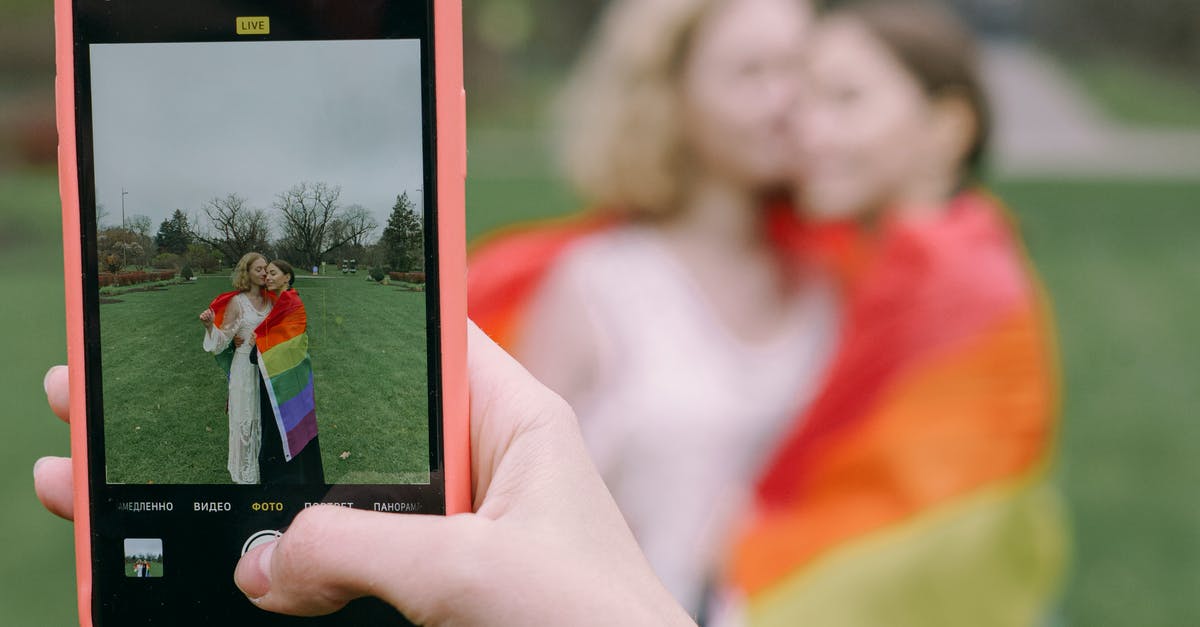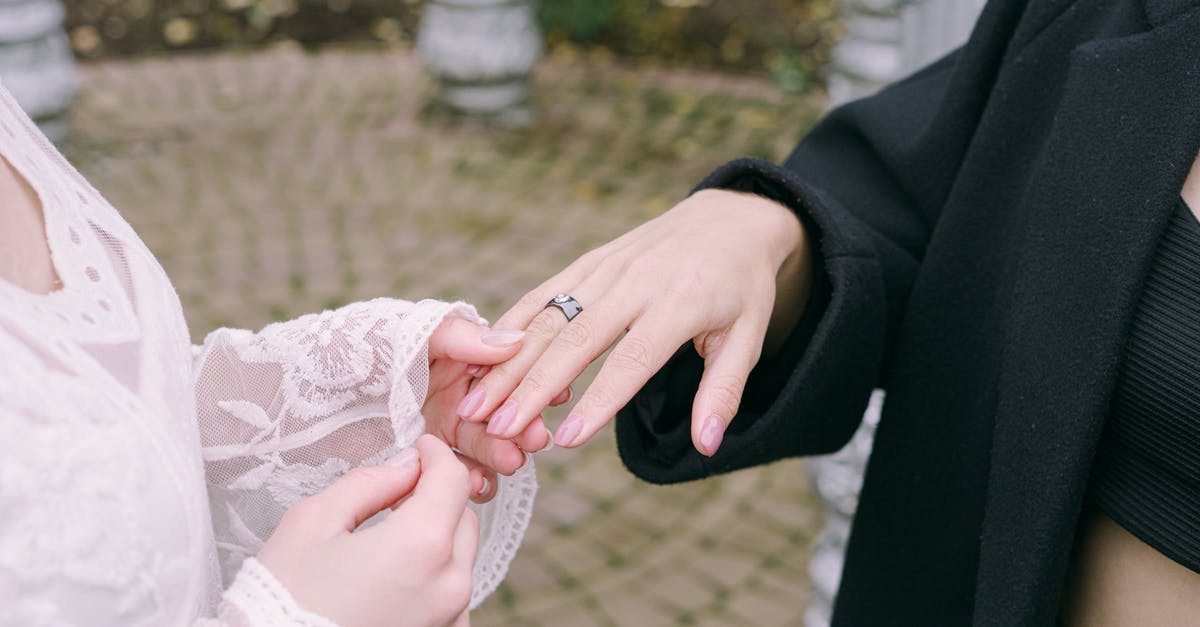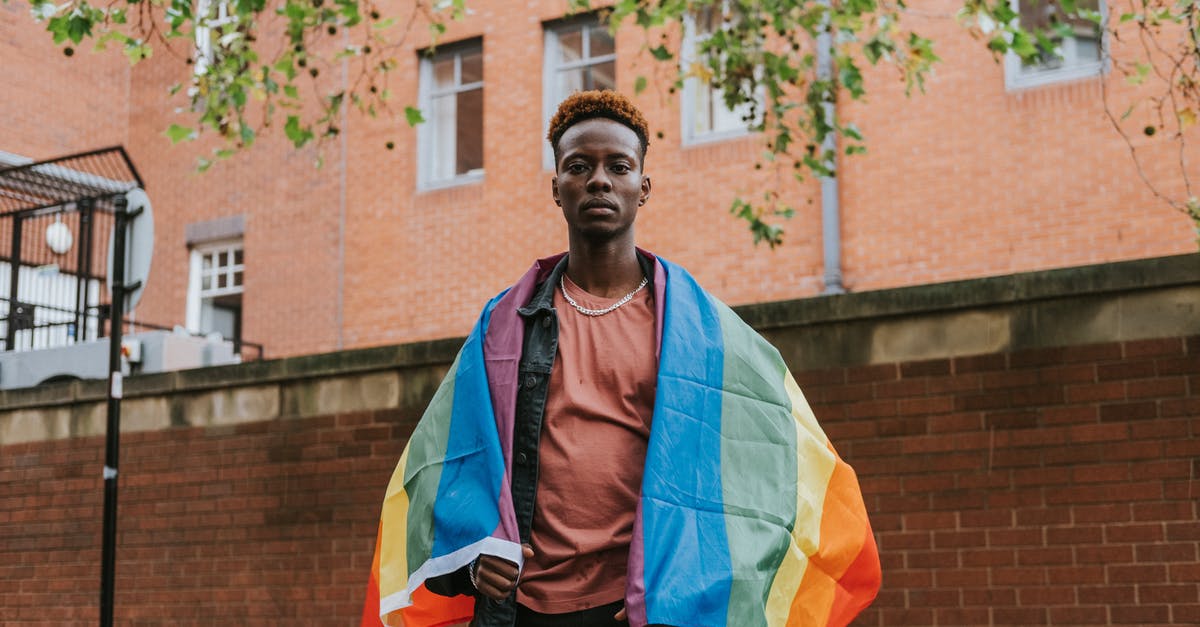Homosexual implications in Every Day and viewer/reader response

I enjoyed Every Day (2018) very much. A lighthearted and cleverly devised teen romance story where a traveling soul who wakes up every day in a different body falls in love with a high school girl. So every day the soul, self-named A, would come to see the protagonist Rhiannon in a different body and with a different face. That body is "possessed" by A for a day and A has to leave the body at midnight. The body then returns to the control of its owner who has no recollection of the previous day. The sheer size of the movie's young cast is impressive and the novel idea of constantly having new actors/actresses interact with the lead also helps give it a breath of fresh air.
However, I can't help but notice that the romance almost all exclusively happens between the female star and male teens. There is a lot of kissing, holding hands, cuddling in the movie. Several scenes even enter the slightly sensitive territory of teen sex: two people getting naked in the girl's bedroom, sleeping together. But the premise is clear: the body-less soul doesn't control what body they wake up in every day, and there's a 50-50 chance they wake up in either gender. So half of the time they wake up in girls, but the girls they wake up in never get to get romantic with the female protagonist. Well, except one time, late in the film, where A (the soul) comes to see Rhiannon as a girl and fretfully asks if she could kiss her. And then they kiss for half a second before Rhiannon leaves hastily. This scene occurs after Rhiannon has become very intimate with several versions of male A. So few female possessions do not logically follow the story's premise.
The brevity of the kiss scene is reminiscent of the classic lesbian kiss episode, for the viewing pleasure of straight male viewership rather than doing justice to the story's own logical premise or treating sexual orientation equally and fairly.
The "lesbian kiss episode" is a subgenre of the media portrayal of lesbianism in American television media, created in the 1990s. Beginning in 1991 with a kiss on the American L.A. Law series' episode "He's a Crowd" between C.J. Lamb and Abby Perkins, David E. Kelley, who wrote the episode in question, went on to use the trope in at least two of his other shows. Subsequent television series included an episode in which a seemingly heterosexual female character engages in a kiss with a possibly lesbian or bisexual character. In most instances, the potential of a relationship between the women does not survive past the episode and the lesbian or suspected lesbian never appears again. (source)
It appears clear to me that the filmmakers are tiptoeing around the topic of teen homosexuality gingerly. I don't know if this was a directorial decision or the will of the producers. Since this is a movie adaptation of a book, is the book also as cautious about stepping into this "minefield"? I would think the 2020 readers/viewers are much more receptive and understanding toward homosexuality, but I also understand some conservative families may find this issue offensive and at odds with their religious values. I am unable to find the book, so I wonder if this issue is shunned in the book as well.
I also wonder how the ever-so-fleeting female kiss scene has been received by the viewers. Any backlashes?
Pictures about "Homosexual implications in Every Day and viewer/reader response"



Homosexuality is NOT Haram? (Brilliant Response)
Sources: Stack Exchange - This article follows the attribution requirements of Stack Exchange and is licensed under CC BY-SA 3.0.
Images: Ivan Samkov, Ivan Samkov, Anete Lusina, Quintin Gellar
